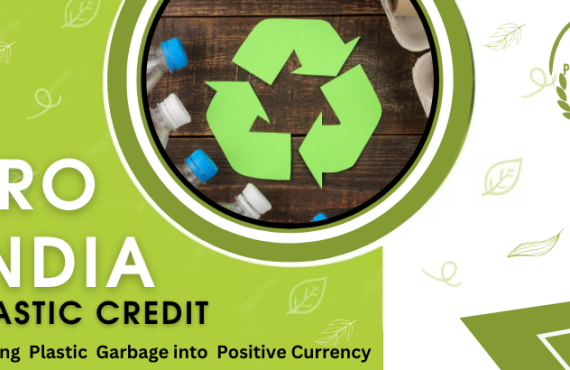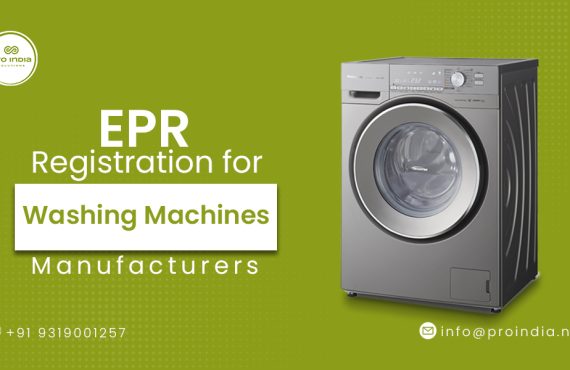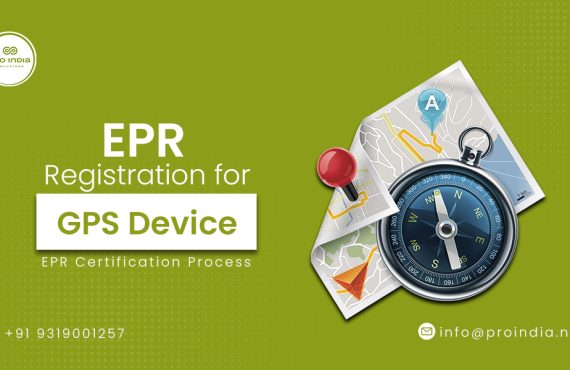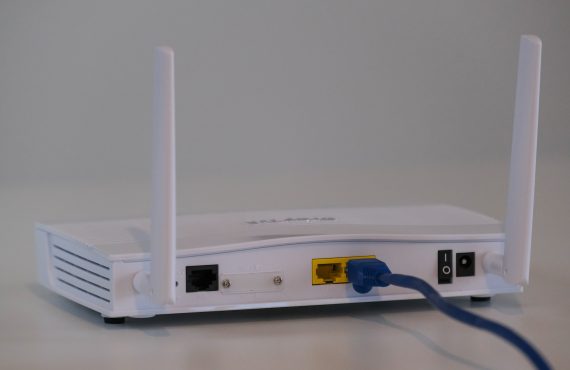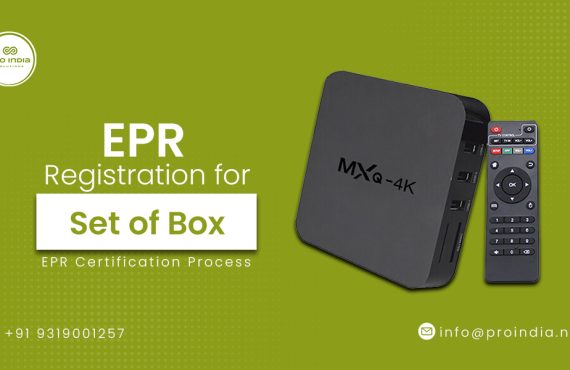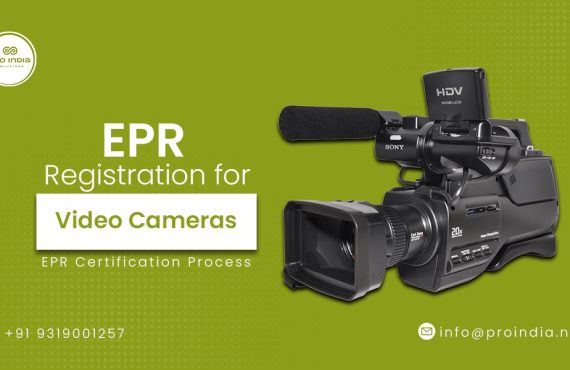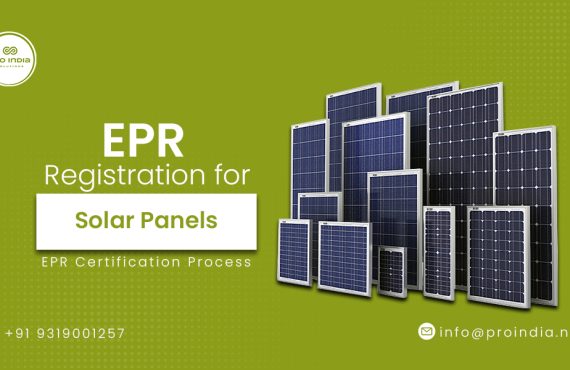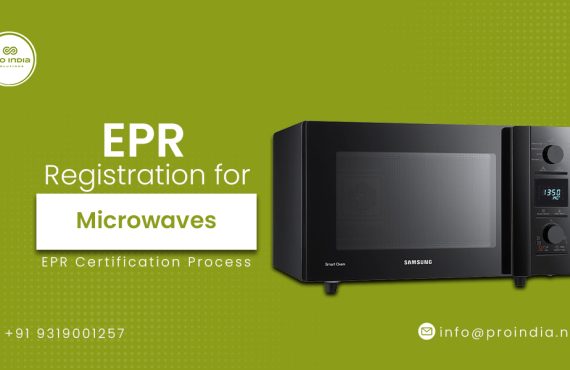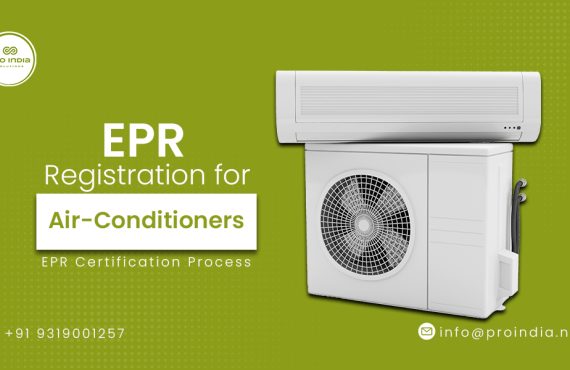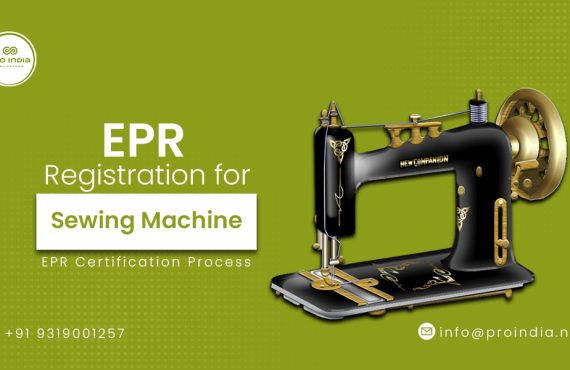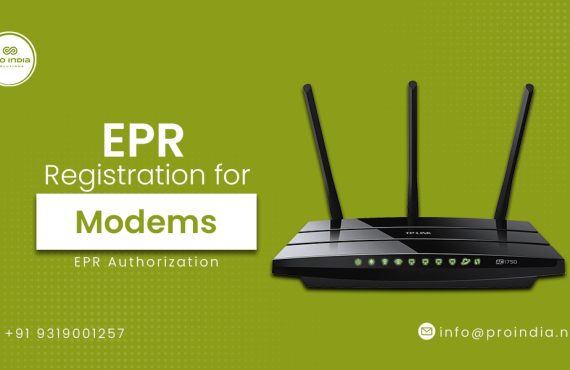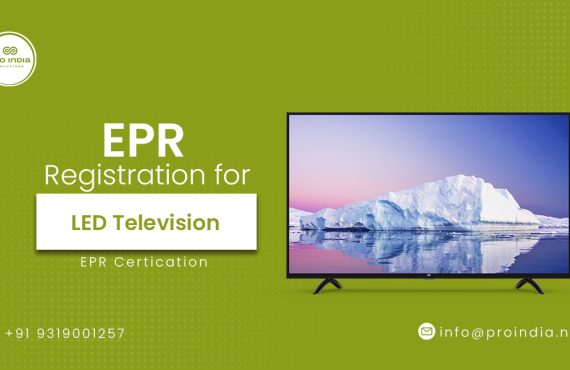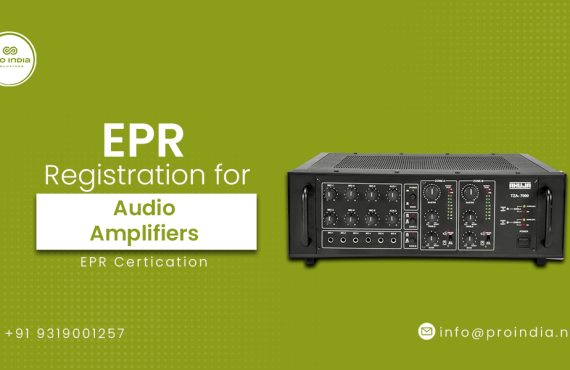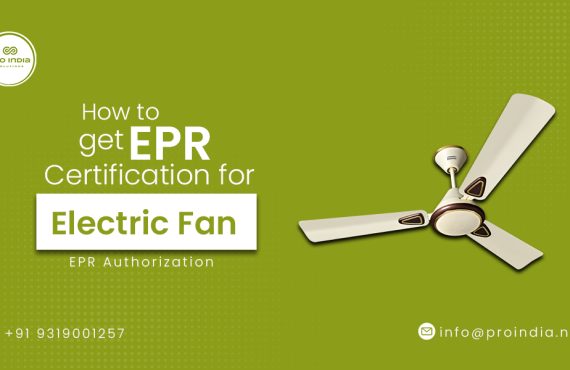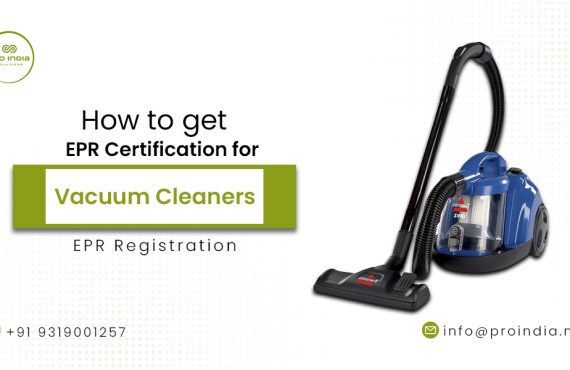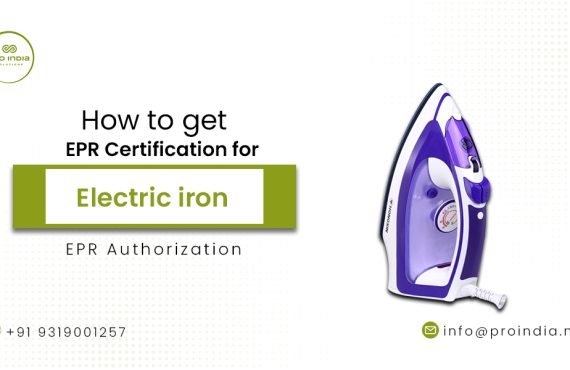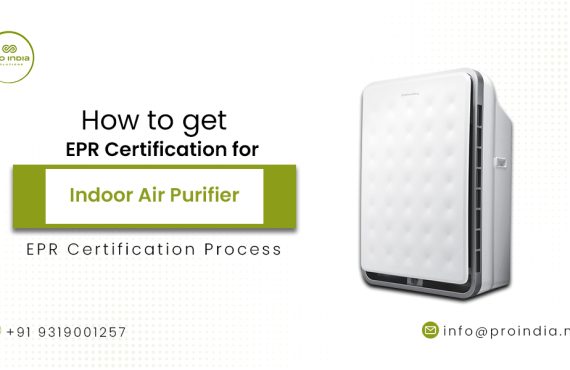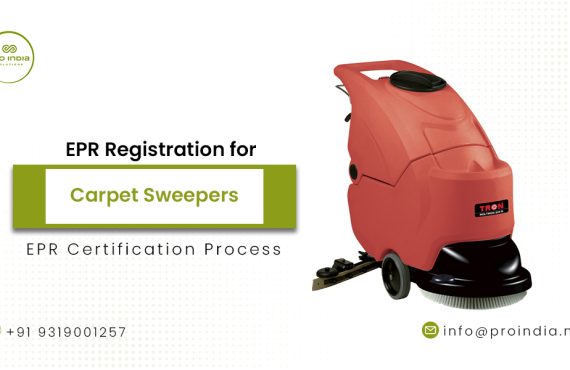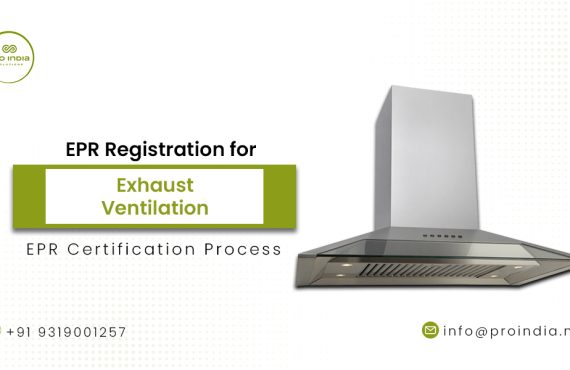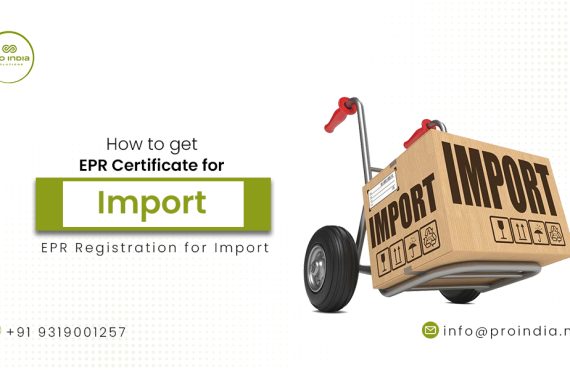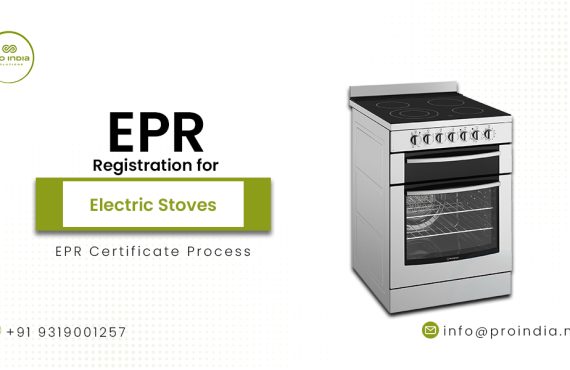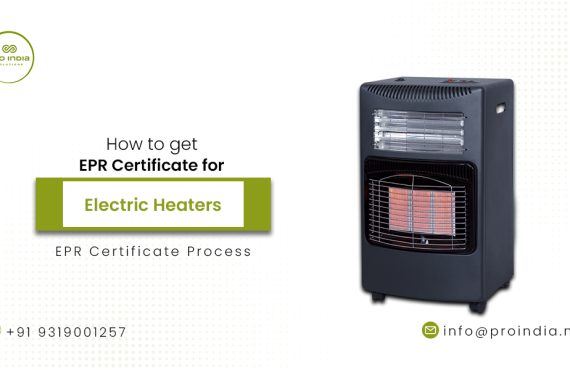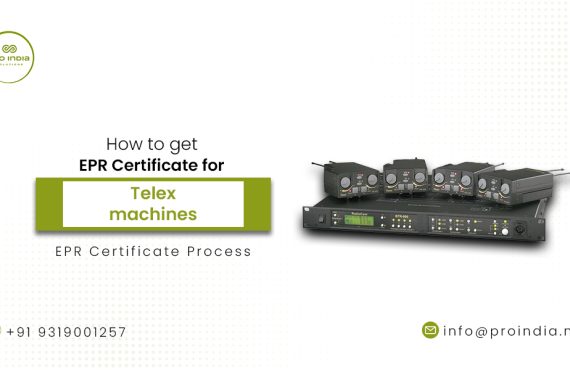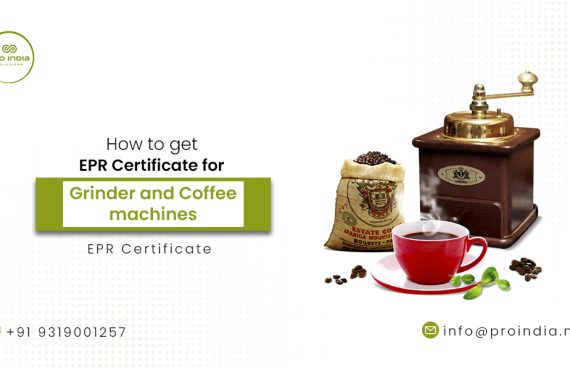Welcome to our comprehensive guide on obtaining an EPR (Extended Producer Responsibility) certificate for electric cookers. As sustainable practices gain importance in the appliance industry, it is crucial to ensure responsible disposal and recycling of electric cookers. In this step-by-step blog, we will walk you through the process of obtaining an EPR certificate for electric cookers, allowing you to contribute to a greener future while meeting regulatory requirements.
Step 1: Research EPR-certified Recyclers:
Begin by researching reputable recyclers specializing in electric cooker recycling with EPR certifications. Look for recyclers that have demonstrated their commitment to environmentally responsible practices. Consider their certifications, accreditations, expertise, and customer feedback to ensure they meet the necessary standards.
Step 2: Contact the Recycler:
Contact the selected recycler to initiate the EPR certification process for your electric cooker. Clearly communicate your intention to recycle and inquire about their EPR certification process. Discuss any specific requirements or concerns you may have regarding the recycling of electric cookers. Open and clear communication will help streamline the certification process.
Step 3: Prepare Your Electric Cooker for Recycling:
Before sending your electric cooker for recycling, ensure it is properly prepared. Disconnect the cooker from the electrical supply following manufacturer guidelines and safety procedures. Take precautions to protect yourself from electrical hazards. Remove any detachable parts, such as racks and trays, for separate recycling. Clean the cooker to facilitate the recycling process.
Step 4: EPR Certification Documentation:
Familiarize yourself with the required documentation for obtaining an EPR certificate. Understand the compliance forms, certificates, and recycling reports that may be necessary. Gather the necessary information and complete the paperwork accurately. Ensure compliance with relevant regulations and standards, such as environmental and safety guidelines.
Step 5: Packaging and Shipping:
Package your electric cooker securely for transportation to the recycler. Use appropriate packaging materials to protect it from damage during transit. Consider using padded boxes or protective cases. Select a reliable shipping method that offers tracking capabilities to monitor the progress and ensure the safe arrival of your cooker at the recycler’s facility.
Step 6: Tracking and Confirmation:
Track the progress of your electric cooker’s recycling journey to maintain transparency. Stay informed about the shipping status and follow up with the recycler to monitor the recycling process. Upon completion, request confirmation and proof of EPR certification from the recycler. This documentation will serve as evidence that your electric cooker has been responsibly recycled in accordance with the necessary environmental standards.
Conclusion:
Obtaining an EPR certificate for your electric cooker is an important step towards responsible disposal and recycling. By following this step-by-step guide, including researching EPR-certified recyclers, preparing your cooker, fulfilling documentation requirements, and tracking the certification process, you can navigate the EPR certification process successfully. Responsible recycling of electric cookers not only contributes to a cleaner environment but also helps build a sustainable future. Take action today and ensure your electric cooker is recycled responsibly.
If you require further assistance or guidance in obtaining an EPR certificate for your electric cooker, do not hesitate to contact our experts. They will be happy to assist you throughout the certification process, ensuring your cooker is recycled responsibly and contributing to a greener future.
contact our experts now to meet your compliance requirements.



